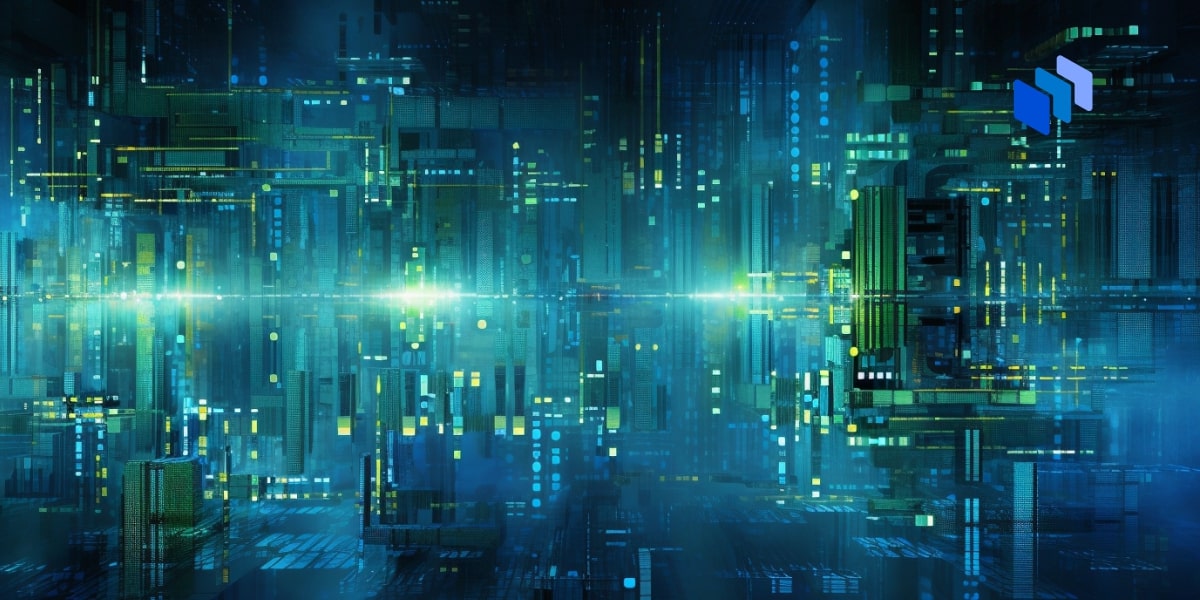The universe, that vaunted final frontier, is the last gigantic ocean of exploration ahead of us, and maybe artificial intelligence (AI) is going to give us bigger paddles.
The Vera Rubin Observatory in Chile is a big stride forward in this mission, and over the next ten years the observatory will generate 0.5 exabytes of data.
How much is that? About 50,000 times larger than the total information held by all the books in the Library of Congress in Washington. So quite a lot.
The observatory contains 20 telescopes with mirrors measuring more than 20 feet across — able to pick up the smallest glints of light from light years away.
The data is important, but only as long as astronomers can process and make sense of it — which is where AI, with its ability to quickly scan large structured datasets and pick up on patterns or anomalies much faster than humans.
Let There Be Light
Rubin Observatory’s mission statement is “to build a well-understood system that will produce an unprecedented astronomical data set for studies of the deep and dynamic universe, and make the data widely accessible to a diverse community of scientists, and engage the public to explore the universe with us.”
Machine learning and neural networks will be increasingly used to pile through the data, and has already been employed, for instance via the PRIMO dictionary-learning-based algorithm that employs high-quality simulations of black holes as a data set.
It’s difficult to identify galaxies from an astronomical image — almost 99% of the light captured represents light from other sources, or radiation in the background, and only 1% may represent the light of far-off galaxies.
Manually, it’s either an impossible or time-consuming job.
Galaxies as Far as the Eye Can See (and Beyond)
But AI algorithms using neural networks with many interconnected nodes can be employed to identify galaxies, with studies suggesting an identification accuracy as high as 98%.
This was the result over at the Subaru Telescope, where astronomers applied AI to ultra-wide field-of-view images of the distant universe, achieving a very high accuracy for finding and classifying spiral galaxies in those images.
A research group, consisting of astronomers mainly from the National Astronomical Observatory of Japan (NAOJ), applied deep learning to classify galaxies in a large dataset of images.
Thanks to its high sensitivity, as many as 560,000 galaxies were detected in the images. AI enabled the team to perform the processing without human intervention, and our universe just got that much better.
Meanwhile AI neural networks enable astronomers to identify distant civilizations on planets — if they’re there to be found.
Groups such as the Search for ExtraTerrestrial Intelligence (SETI), and tools like radio telescopes, are used to look for extraterrestrial intelligence, and they have been helped recently by AI neural networks, using 150,000 personal computers and 1.8 million citizen scientists to decipher radio signals.
While we haven’t confirmed life out there yet, the ability to scan and process huge datasets is going to take us on that journey much faster, while also filtering out false positive signals.
The Bottom Line
The truth might be out there — but we’re most likely to find it first in the massive datasets that we can gather from ever-bigger and brighter telescopes, on Earth and in space.
The tantalizing combination of data and AI might just kick searches for everything — planets, galaxies, black holes, the galactic empire — into hyperdrive.







